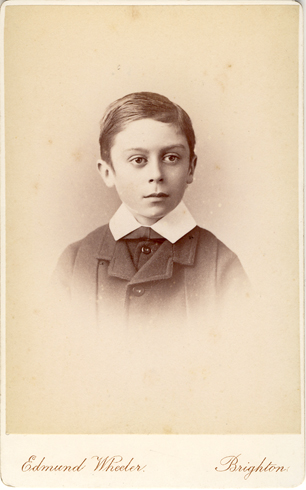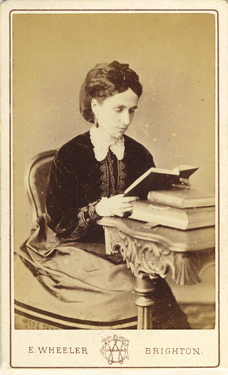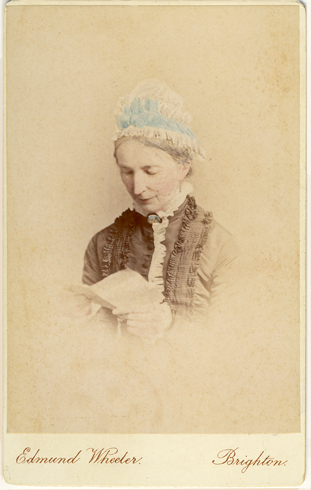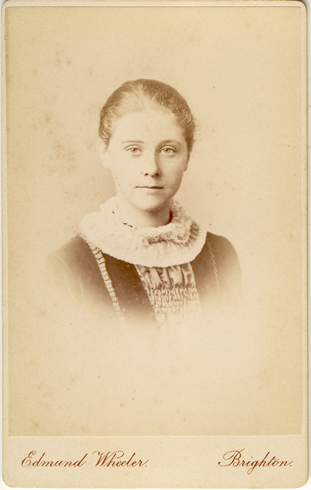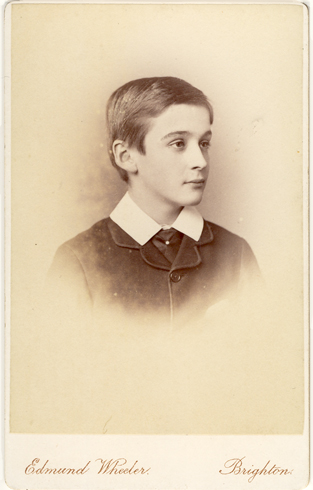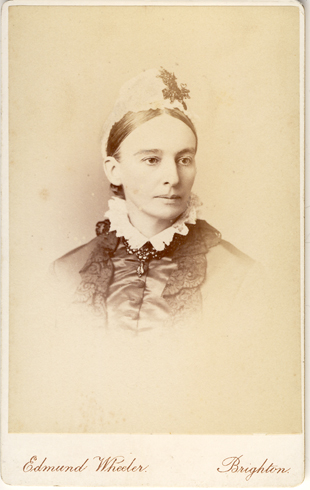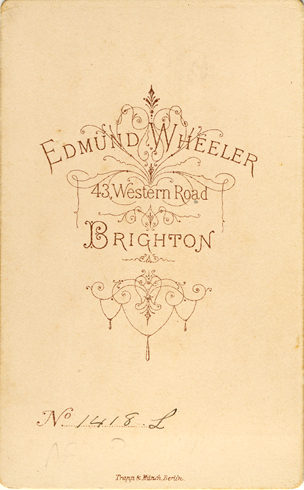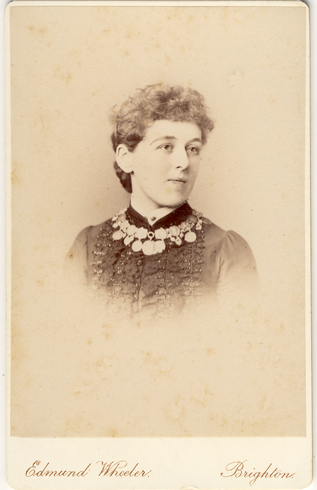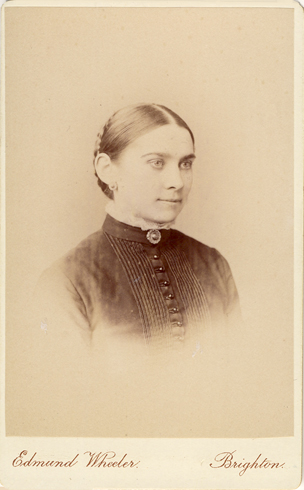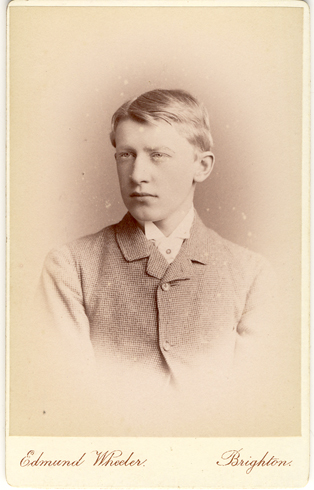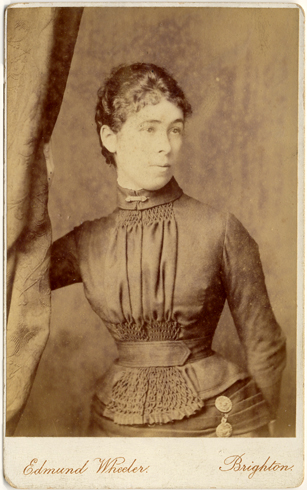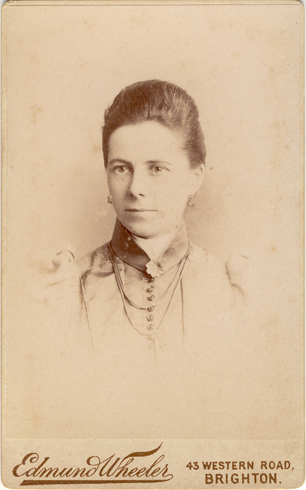| Marion and Company of
Paris and London The firm of Marion & Co. was
established before 1836 by a French stationer named Claude Mames
Augustin Marion (born c1794). Originally from Paris, Claude
Mames Augustin Marion (generally known as Augustin or
Auguste Marion) established a London branch of Marion & Co.
in Mortimer Street, London, during the early 1840s, at
the dawn of the photographic age. By the late 1840s, Marion & Co.
had established a "fancy stationery" business at 152 Regent Street,
London. The Post Office London Directory, published in
1852, lists Auguste Marion & Co. as a fancy stationer with
stores at 14 Cite Bergere, Paris, and 152 Regent
Street, London.
The firm of Marion & Co. showed
an early interest in photography and photographic materials. In 1854,
Marion & Co. began to stock "photographic papers" alongside the
stationery and imported French fancy goods at their store in Regent
Street:
|
PHOTOGRAPHY. MESSRS. A.
MARION & CO. beg to inform the Artists and Amateurs that they
are now ready to supply them with papers manufactured expressly
for Photographic purposes; since it has been tried it has
received the unanimous good opinion of the most successful
operators.
Positive and Negative (not prepared); Simple Salted, and
Salted Albumenized Positive; Simple Waxed, and Waxed Iodized
Negative; Gummed Paper, and Cards for Mounting Proofs.
PAPETERIE MARION, 152 Regent
Street.
Advertisement in "Notes and Queries" (1st April
1854) |
In 1857, Marion &
Co. introduced and promoted the carte-de-visite format for portrait
photography. The following year, Claude Mames Augustin Marion,
the founder of the firm, patented "Marion's Box", described under
British Patent No. 2961, in December 1858 as "an
improved box or case for containing and preserving sensitive
photographic paper".
By 1860, A. Marion & Co.
were advertising celebrity cartes-de-visite which could be
purchased at a wholesale price and then retailed at print shops,
booksellers and stationery shops. In 1862, George Bishop, who
managed Marion & Co.'s London store, revealed that 50,000 celebrity
cartes were distributed to retail outlets every month. During the 1860s,
A. Marion & Co. were
supplying supplying carte-de-visite photographic card mounts and
publishing "celebrity cartes" for some of the leading portrait
photographers in London viz. John J. E. Mayall of Regent Street,
Maull & Polyblank of London, John & Charles Watkins of
Westminster, the Southwell Brothers of Baker Street and Camille
Silvy of Porchester Terrace. At the same time, A. Marion &
Co. were promoting specially designed photographic albums to house
carte-de-visite portraits.
By 1866, Auguste Marion & Co.
had opened a warehouse and showroom at 22 & 23 Soho Square, London.
At the end of August 1867, Claude
Mames Augustin Marion, the head of Auguste Marion & Co.,
retired from the business and a new company was formed under the name
of "Marion & Co." The firm of Marion & Co. was now
controlled by three business partners - Auguste Leon Marion, Henry
Edward Gery and George Bishop.
During the 1880s, Marion & Co.
expanded its business by supplying photographic equipment and
materials, including cameras and studio apparatus. Marion & Co.
also had its own factory in Southgate, Middlesex,
producing photographic plates and papers.
With the increasing interest in
photography as a pastime activity following the introduction of "ready
to use" photographic dry plates, Marion & Co. began to market
their photographic equipment and materials to the general public. The
publication of "Marion's Practical Guide to Photography"
in 1884 encouraged amateur photography.
At the end of the 1890s, the managing
partners of Marion & Co.
consisted of
Auguste Leon Marion, Henri Louis Guibout, George Bishop,
Frank Bishop and John Pattinson Kirk. The partnership
was dissolved in 1901 and the company continued as a limited company.
In 1921,
Marion & Co. Ld was absorbed by A.P.M. (Amalgamated
Photographic Materials Ltd).
|
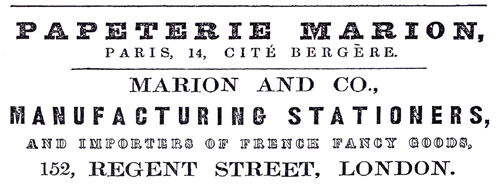 |
|
[ABOVE] An advertisement for Marion and Co. which appeared in
the 1852 edition of The Post Office London Directory. |
| |
|
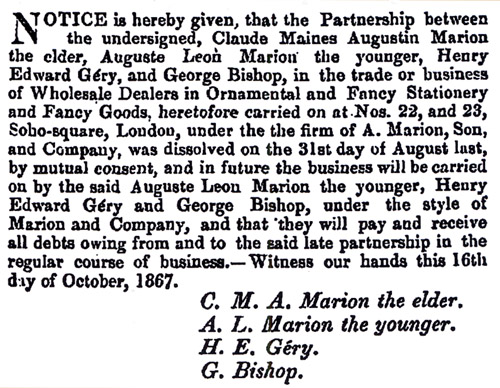 |
|
[ABOVE] A notice dated 16th October which appeared in The
London Gazette (29th October 1867) announcing the
dissolution of A. Marion, Son, and Company of No. 22
and 23 Soho Square, London, and the formation of Marion
and Company under three business partners Auguste Leon Marion, Henry
Edward Gery and George Bishop. |
| |
|
 |
|
[ABOVE] An advertisement for Marion & Co.'s Parcel Camera
(c1885). Although Marion & Co. began as a supplier
of fancy stationery, by the 1880s it had evolved into a company
which supplied a wide variety of photographic apparatus and
materials, including cameras and lenses, studio equipment and
props (studio furniture, scenic backgrounds, etc.), printing-out
paper and photographic dry plates. |
|
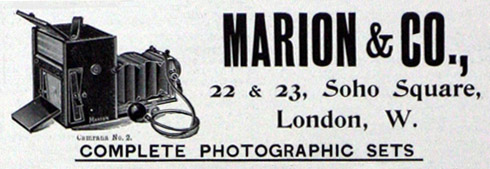 |
|
[ABOVE] An advertisement for Marion & Co.'s Complete
Photographic sets (c1896). Marion & Co., as well
as supplying professional studios, encouraged amateur
photography by selling "complete photographic sets" which would
suit "youths, ladies and gentlemen". Marion &
Co. also published "Marion's Practical Guide to Photography"
which served as a handbook for amateur photographers. |
|

